A Novel Histogram-Based Fuzzy Clustering Method for Multispectral Image Segmentation
DOI: 10.23977/jeis.2017.22012 | Downloads: 33 | Views: 4533
Author(s)
Guoying Liu 1, Hongyu Zhou 1, Jing Lv 1
Affiliation(s)
1 Department of Computer and Information Engineering, Anyang Normal University, Anyang 455002, China
Corresponding Author
Guoying LiuABSTRACT
Fuzzy C-Means (FCM) clustering has been widely used in remote sensing and computer vision. However, when dealing with multispectral images, the conventional FCM regards spectral responses of all bands on each pixel as a feature vector and conducts image clustering by searching cluster centers in a multi-dimensional space. It is rather time-consuming due to the fact that it has to visit each pixel many rounds during the iteration procedure. Besides, it is sensitive to noise, which mainly results from its ignorance spatial information. In order to overcome these problems, a novel histogram-based fuzzy clustering method is presented in this paper. The proposed method clusters each band independently and fuses the results to form the final segmentation map. On each band, a spatial-spectral image is computed previously, and then the histogram of this image is exploited to find the initial clusters, which is followed by a clustering procedure directly performed on the histogram instead of image pixels. The experimental results over remote sensing images show that the proposed method can achieve more accurate results but uses less time.
KEYWORDS
Fuzzy C-Means, Image segmentation, multispectral image, histogram.CITE THIS PAPER
Guoying, L. , Hongyu, Z. , Jing, L.(2017) A Novel Histogram-Based Fuzzy Clustering Method for Multispectral Image Segmentation. Journal of Electronics and Information Science (2017) 2: 116-121.
REFERENCES
[1] J. C. Dunn, (1973) A fuzzy relative of the ISODATA process and its use in detecting compact well-separated clusters. J. Cybern., 3, 32–57.
[2] J. C. Bezdek, (1981) Pattern Recognition With Fuzzy Objective Function Algorithms. New York, NY, USA: Plenum.
[3] S. Krinidis and V. Chatzis, (2010) A robust fuzzy local information c-means clustering algorithm. IEEE Trans. Image Process., 5, 1328–1337.
[4] Szilagyi, L., Benyo, Z., Szilagyi, S. M., & Adam, H. S. (2004). MR brain image segmentation using an enhanced fuzzy C-means algorithm. Engineering in Medicine and Biology Society, 2003. Proceedings of the, International Conference of the IEEE, 1, 724-726.
[5] S. P. Chatzis and T. A. Varvarigou, (2008) A fuzzy clustering approach toward hidden Markov random field models for enhanced spatially constrained image segmentation. IEEE Trans. Fuzzy Syst., 5, 1351–1361.
[6] Zhang, Q. M. J. Wu, Y. Zheng, T. M. Nguyen, and D. Wang, (2014) Effective fuzzy clustering algorithm with Bayesian model and mean template for image segmentation. IET Image Process., 8, 571–581.
[7] G.-Y. Liu and A.-M. Wang, (2013) Fuzzy Clustering Algorithm for Integrating Multiscale Spatial Context in Image Segmentation By Hidden Markov Random Field Models. Int. J. Pattern Recognit. Artif. Intell., 3, 1355005(17 pages).
[8] G. Liu, Z. Zhao, and Y. Zhang, (2015) Image Fuzzy Clustering Based on the Region-Level Markov Random Field Model. IEEE Geosci. Remote Sens. Lett., .8, 1770–1774.
[9] G. Liu, Y. Zhang, and A. Wang, (2015) Incorporating Adaptive Local Information Into Fuzzy Clustering for Image Segmentation. IEEE Trans. Image Process., 11, 3990–4000.
[10] S. Ghaffarian and S. Ghaffarian, (2014) Automatic histogram-based fuzzy C-means clustering for remote sensing imagery. ISPRS J. Photogramm. Remote Sens., 97, 46–57.
[11] Cheng E, Du L, Wu Y, et al. (2014) Discriminative vessel segmentation in retinal images by fusing context-aware hybrid features. Machine Vision and Applications, 7, 1779-1792.
[12] W. M. Rand, (1971) Objective criteria for the evaluation of clustering methods. J. Amer. Statist. Assoc., 336, 846–850.
| Downloads: | 12712 |
|---|---|
| Visits: | 494304 |
Sponsors, Associates, and Links
-
Information Systems and Signal Processing Journal

-
Intelligent Robots and Systems

-
Journal of Image, Video and Signals
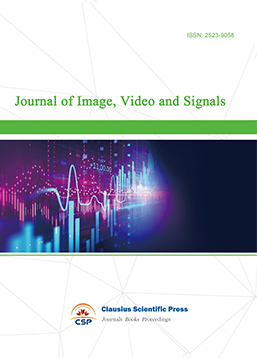
-
Transactions on Real-Time and Embedded Systems
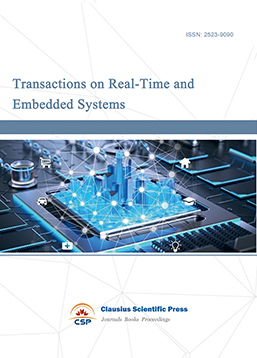
-
Journal of Electromagnetic Interference and Compatibility
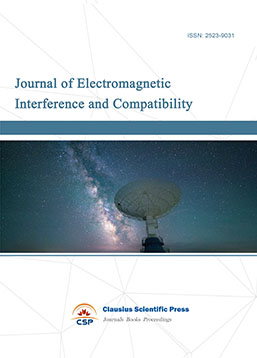
-
Acoustics, Speech and Signal Processing
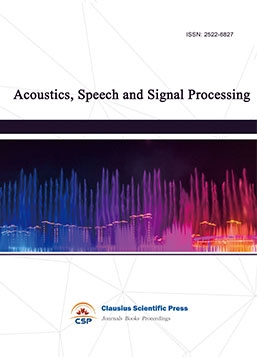
-
Journal of Power Electronics, Machines and Drives
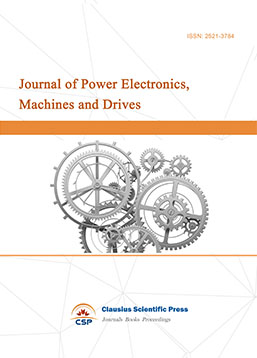
-
Journal of Electro Optics and Lasers

-
Journal of Integrated Circuits Design and Test
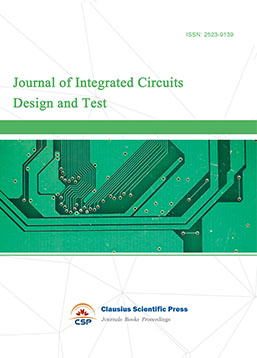
-
Journal of Ultrasonics
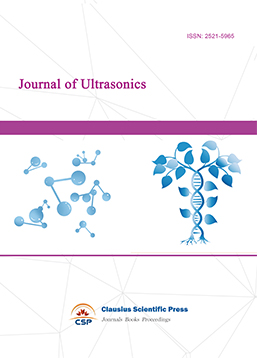
-
Antennas and Propagation
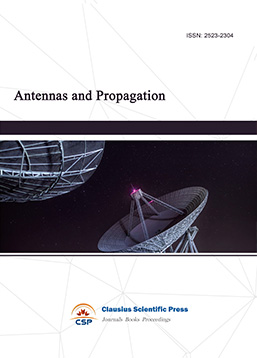
-
Optical Communications
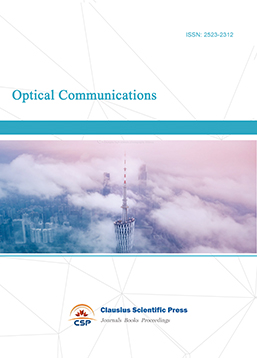
-
Solid-State Circuits and Systems-on-a-Chip
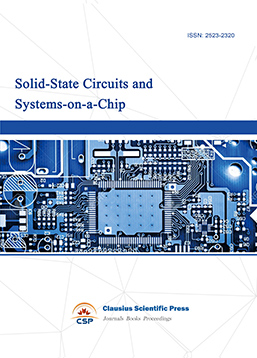
-
Field-Programmable Gate Arrays

-
Vehicular Electronics and Safety
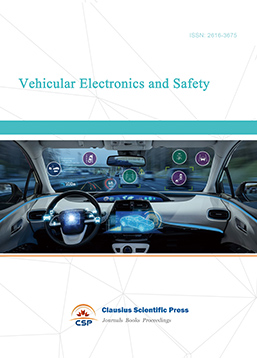
-
Optical Fiber Sensor and Communication
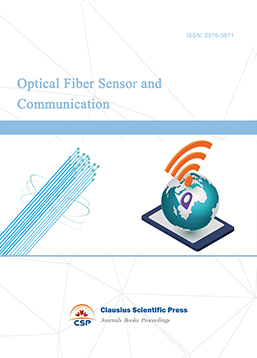
-
Journal of Low Power Electronics and Design
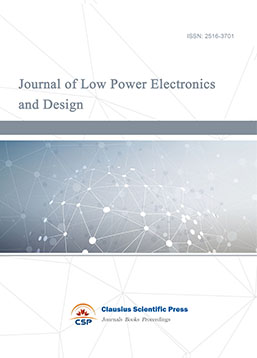
-
Infrared and Millimeter Wave
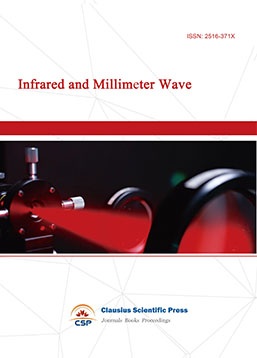
-
Detection Technology and Automation Equipment
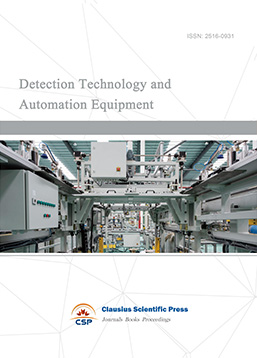
-
Journal of Radio and Wireless

-
Journal of Microwave and Terahertz Engineering
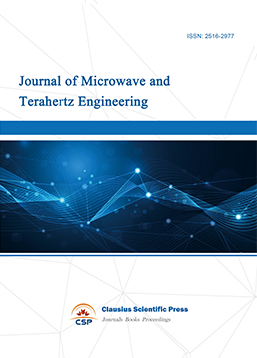
-
Journal of Communication, Control and Computing
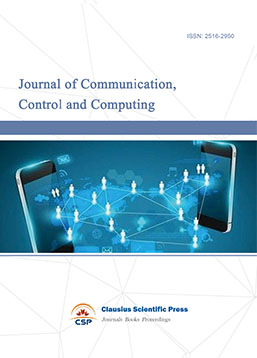
-
International Journal of Surveying and Mapping
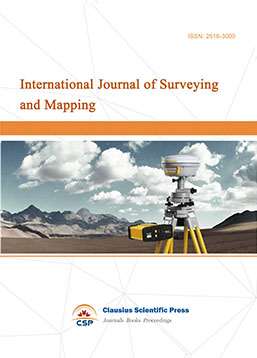
-
Information Retrieval, Systems and Services
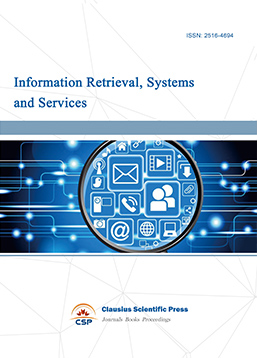
-
Journal of Biometrics, Identity and Security

-
Journal of Avionics, Radar and Sonar
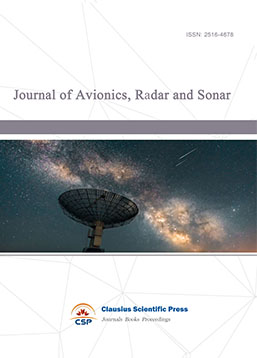

 Download as PDF
Download as PDF